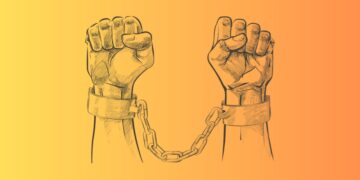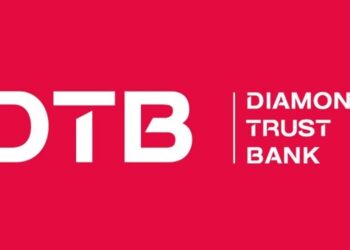In recent years, the number of cryptocurrencies has skyrocketed, and the number keeps rising by the day. Many of these currencies are only available through the use of a major cryptocurrency like Bitcoin or Ethereum. Many individuals across the world have also expressed interest in cryptocurrency, which has maintained its reputation as a new stylish and suggested means of investment. Cryptocurrency trading is extremely enticing to investors, especially because of the quick value fluctuations, which they see as the major source of profit.
Several crypto trading platforms aim to help users earn money on the crypto market. Once a person has decided to be a crypto trader, he or she must pick a cryptocurrency wallet and cryptocurrency exchange to trade on. There are thousands of cryptocurrencies to pick from. Yet, it is recommended for beginners to invest in well-known coins – like Bitcoin (BTC) or Ethereum (ETH) – to limit their losses in the highly volatile market.
Understanding crypto trading
It entails buying and selling cryptocurrencies for profit. Similar to how traditional currencies have foreign exchange, cryptocurrencies have their digital currency exchange where users may trade coins they prefer. What’s great is that crypto trading is a 24/7 market.
What are the advantages and disadvantages of crypto trading?
Virtual currencies are not just tied to a single location. Anyone with a smartphone and internet connection may create a virtual wallet and begin trading. Anyone can access the market 24/7, with no need to wait for the market to commerce during traditional working hours. Another advantage is having low fees since it is not supervised by any intermediaries or central authorities.
However, one of the cryptocurrencies’ greatest concerns has always been volatility. The fact that there is a limited supply of coins and the fact that demand is rising causes volatility. In the case of Bitcoin, its price will become more volatile as more firms, media, and commerce adopt it.
What are crypto traders like?
They have a short-term vision, focusing more on price changes. Traders are interested in the cryptocurrency market’s hourly and daily price changes, buying and selling coins in the hopes of making short-term profits. Their primary objective is to purchase a coin at a cheap price and then sell it at a higher price within the following minute, hour, day, or week.
Kinds of crypto traders
Here are the different kinds of crypto traders.
1. Day traders
Day traders, as the name implies, complete deals during the trading day and close off any open positions after the trading day. For the most part, they do not maintain any overnight holdings. The method of day trading frequently uses technical analysis, which requires the trader to have a high level of discipline and rationality. Each deal might take minutes or hours, and price movements would be constantly monitored to utilise intraday pricing anomalies.
2. Momentum traders
Trades are conducted based on the strength of current market movements in the expectation that the momentum will continue in the same direction (either upwards or downwards trend). The momentum traders’ objective is to work with volatility by looking for purchasing opportunities in short-term uptrends and selling when the stocks lose their momentum.
By doing this method, a trader must have a thorough knowledge of market circumstances as well as a keen sense of timing. Moving into a position too early, closing out too late, and being side-tracked and missing crucial trends and technical deviations are all risks of being a momentum trader. Trades made can last anywhere from a few hours to several weeks.
3. Scalpers
Scalpers are perceived to be the most active type of traders. They may purchase and sell coins many times a day with the goal of ‘scalping’ or generating a tiny profit on each deal. Trades might also take seconds or even minutes to complete. At the end of the day, scalpers rely on modest, regular wins to build up a large profit margin – having most likely to make dozens or hundreds of deals in just one day. The scalping method is based on technical indicators like candlestick charts and Moving Average Convergence/Divergence (MACD, or MAC-D). It is considered a high-risk trading technique because of the significant usage of leverage.
4. Swing traders
Swing trading is placing trades that span anywhere from a few days to many months to profit from a price movement that has been predicted. The traders’ objective is to profit from a portion of a possible price change. They primarily use technical analysis and may additionally use fundamental analysis for price trends and patterns. A risk/reward analysis is used by many swing traders when evaluating transactions.
They calculate where they will enter, establish a stop loss, and then estimate where they will be able to exit with a profit by examining the chart of an asset. The risks of being a swing trader include abrupt market reversals, missing longer-term trends in favour of short-term market moves, and trade positions being subjected to overnight and weekend risks.
Conclusion
Here’s a golden rule: only invest what you can afford to lose. To minimize losses, it is best to further your knowledge in the market.




































































































































































































